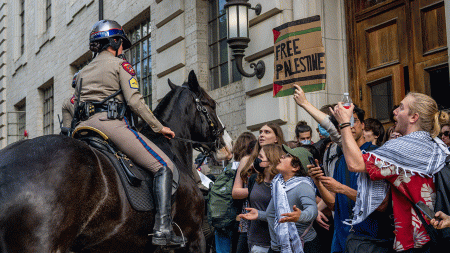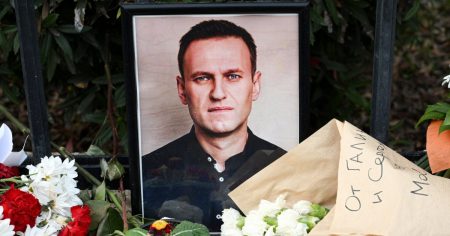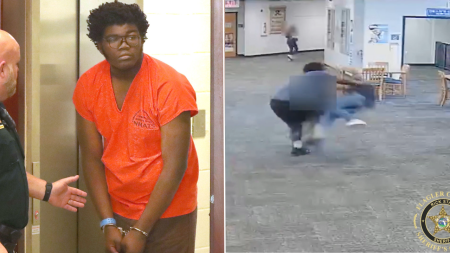The newest class of NYPD recruits, consisting of 600 individuals, underwent training in basic American Sign Language (ASL) to improve communication with deaf individuals during emergencies. Jessica Wohlstetter, an ASL instructor at multiple universities, developed this program and led the training for the new officers, who will graduate from the Police Academy soon. This training was considered long overdue, as there are over 175,000 deaf or hard of hearing people in New York City, making ASL the fourth most used language in America.
In response to calls from the deaf community for better communication with law enforcement, former NYPD Commissioner Keechant Sewell and Deputy Commissioner Wendy Garcia enlisted Wohlstetter to teach ASL to the cadets. Additionally, 15 NYPD officers who are children of deaf adults completed an intensive program to become certified ASL interpreters, allowing them to assist in taking statements from deaf individuals at crime scenes. This initiative has been well-received by organizations like the Hearing Loss Association of America, although the importance of addressing issues faced by those with less visible hearing loss has been highlighted.
The officers who have undergone ASL training have already begun using their skills during live-action simulations at the academy, showcasing their passion for the project. Wohlstetter hopes that this program will set a precedent for police departments across the country, with Jersey City expressing interest in implementing a similar initiative. The cadets were taught ASL phrases relevant to the types of calls they might respond to on the job, such as domestic violence incidents and situations involving children, aiming to provide a guiding light for deaf children who may have limited interactions with signing adults in their lives.
Wohlstetter emphasized the significance of uniformed officers with ASL skills being able to assist and communicate with deaf children, who may not have many opportunities to interact with signing adults outside of school. By having officers who can sign arrive at a scene involving a deaf child, it can serve as a comforting and supportive presence for the child. This initiative not only aims to improve communication between officers and deaf individuals but also inspire children in the deaf community by showcasing the potential for positive interactions with law enforcement.
The use of ASL in police training programs signifies a step towards greater inclusivity and accessibility within law enforcement agencies, acknowledging the diverse needs of the communities they serve. By incorporating ASL instruction into their training, the NYPD is taking proactive measures to bridge communication gaps and ensure that all individuals, including those who are deaf or hard of hearing, are able to interact with law enforcement officers effectively. This approach not only benefits the deaf community but also enhances the overall capabilities and responsiveness of law enforcement in addressing the needs of all individuals they encounter.















